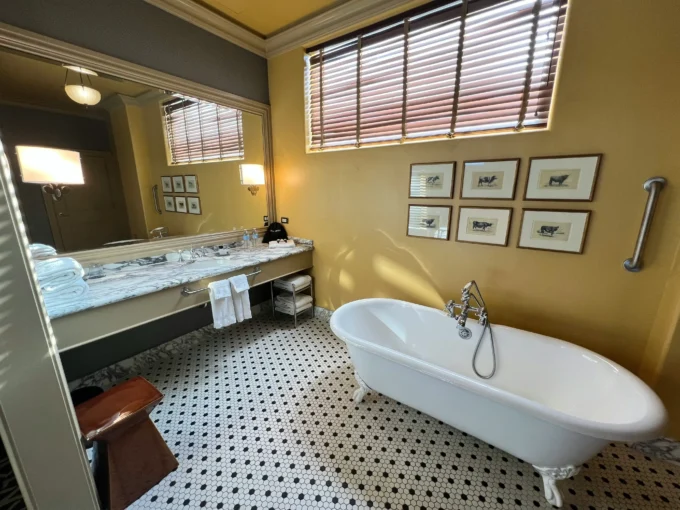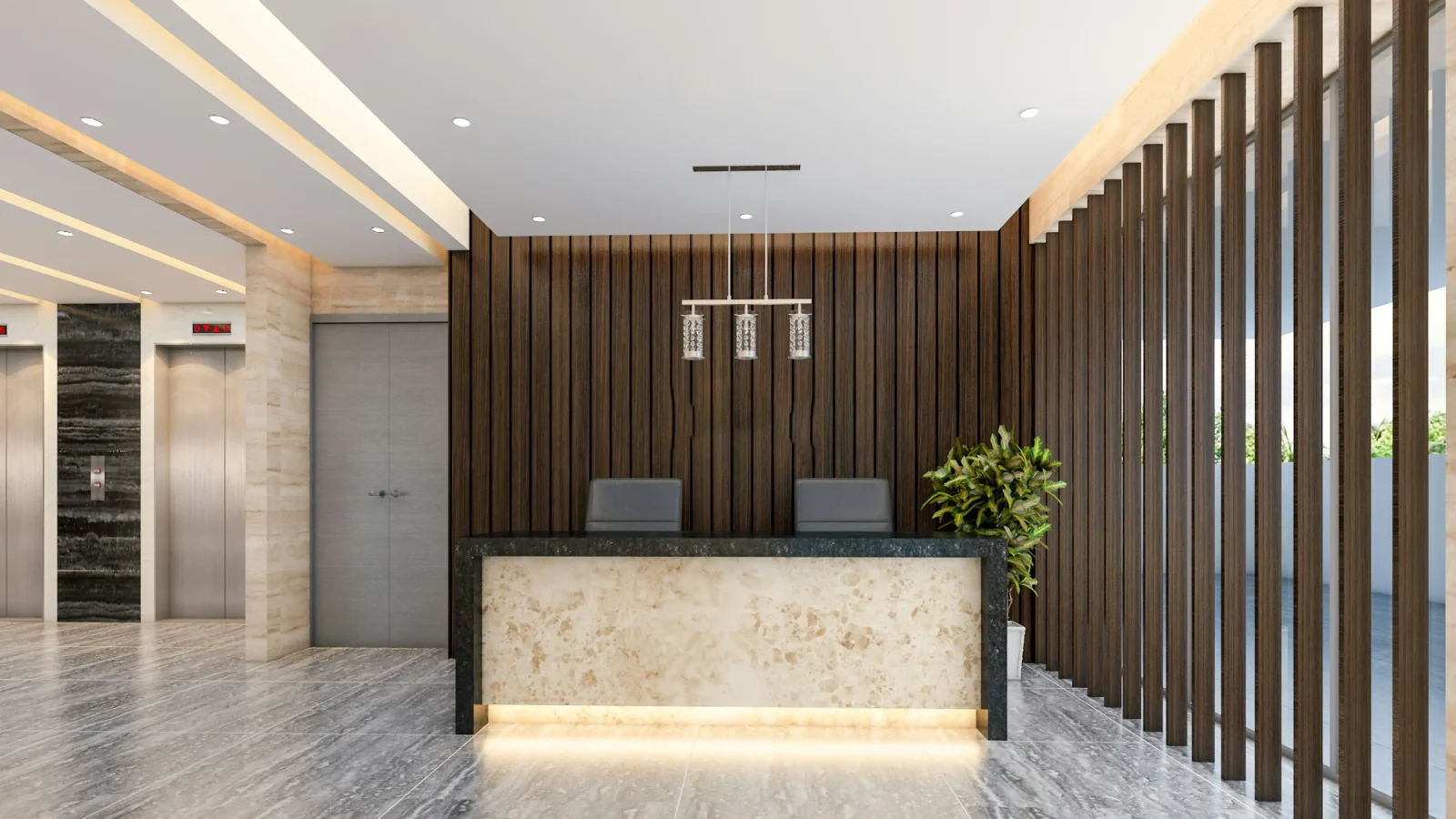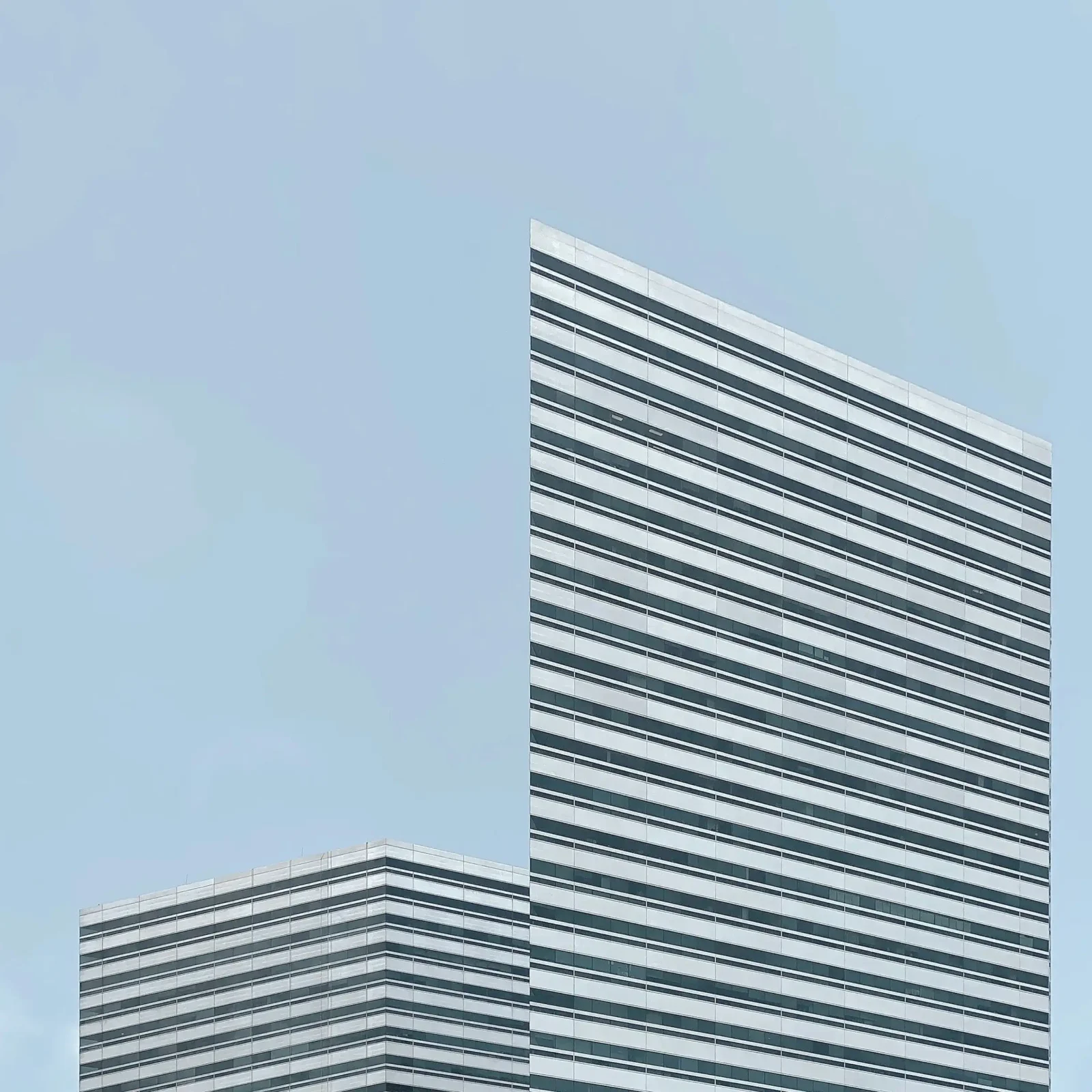- Home
- Articles
- Architectural Portfolio
- Architectral Presentation
- Inspirational Stories
- Architecture News
- Visualization
- BIM Industry
- Facade Design
- Parametric Design
- Career
- Landscape Architecture
- Construction
- Artificial Intelligence
- Sketching
- Design Softwares
- Diagrams
- Writing
- Architectural Tips
- Sustainability
- Courses
- Concept
- Technology
- History & Heritage
- Future of Architecture
- Guides & How-To
- Projects
- Interior Design
- Competitions
- Jobs
- Store
- Tools
- More
- Home
- Articles
- Architectural Portfolio
- Architectral Presentation
- Inspirational Stories
- Architecture News
- Visualization
- BIM Industry
- Facade Design
- Parametric Design
- Career
- Landscape Architecture
- Construction
- Artificial Intelligence
- Sketching
- Design Softwares
- Diagrams
- Writing
- Architectural Tips
- Sustainability
- Courses
- Concept
- Technology
- History & Heritage
- Future of Architecture
- Guides & How-To
- Projects
- Interior Design
- Competitions
- Jobs
- Store
- Tools
- More
The Power of Colors in Architecture: Transforming Spaces and Emotions
Explore the transformative power of color in architecture and how it influences our emotions and experiences. This article delves into the psychology of colors, revealing their impact on functionality and mood while showcasing iconic case studies like the Tate Modern and Sydney Opera House.

Colors shape our experiences and emotions, and in architecture, they play a crucial role in how we perceive spaces. From the vibrant hues of a bustling cityscape to the calming tones of a serene retreat, color influences not just aesthetics but also functionality and mood. We often overlook how a simple shade can transform a building into a landmark or create a sense of harmony in our surroundings.
As we dive deeper into the world of architectural color, we’ll explore how different shades evoke specific feelings and responses. We’ll examine the psychological impact of colors and how architects strategically use them to enhance both interior and exterior designs. Join us as we uncover the fascinating interplay between color and architecture, revealing how this powerful tool shapes our built environment and enriches our lives.

Table of Contents
ToggleThe Power of Colors in Architecture
Colors play a pivotal role in architecture, influencing not just aesthetics but also our emotional responses. Architects harness the psychological effects of color to enhance the functionality of spaces, optimize user experience, and convey messages.

Emotional Impacts of Color
- Warm Colors: Red, orange, and yellow create feelings of warmth and energy, often stimulating social interaction.
- Cool Colors: Blue, green, and violet promote calmness and relaxation, frequently found in spaces designed for reflection or rest.
- Neutrals: Grays, whites, and beiges provide a versatile background that allows other elements to stand out, fostering balance.
Cultural Significance
- Cultural Context: Different cultures attribute unique meanings to colors, impacting architectural choices worldwide. For instance, white symbolizes purity in some cultures, while red signifies luck in others.
- Traditions: Local traditions influence the selection of color palettes, as seen in historic buildings and regional designs.
Strategic Use of Color
- Landmarks: Colors can define a building’s identity and make it a visual landmark. Iconic structures often use bold colors to attract attention and create memorable impressions.
- Functionality: Color contributes to the functionality of spaces. For example, brighter colors can enhance visibility in work environments, while softer shades can make small areas feel larger and more inviting.
Case Studies
- The Tate Modern: Characterized by its striking red balconies and warm terracotta tones, it creates a vibrant atmosphere that engages visitors.
- The Sydney Opera House: Its white shells resonate with its oceanic surroundings, forging a connection with nature through color.
Through the strategic application of colors, architects not only create visually stunning structures but also influence how we feel and behave within these spaces. The interplay of hue, saturation, and light defines the architectural narrative, demonstrating that colors possess profound power in shaping our built environment.
Psychological Effects of Colors
Colors hold significant psychological power, influencing our feelings and behaviors in architectural spaces. By understanding the effects of warm and cool colors, we can strategically design environments that evoke desired emotions.

Warm Colors and Their Impact
Warm colors, such as red, orange, and yellow, stimulate energy and enthusiasm. Red, often associated with passion, can increase heart rates and encourage social interaction. Orange blends warmth and vibrancy, promoting creativity and a sense of invitation. Yellow, the color of optimism, enhances visibility and can uplift moods. Architects frequently incorporate these colors in spaces intended for gatherings, such as restaurants or community centers, where a lively atmosphere is essential.
Cool Colors and Their Influence
Cool colors, including blue, green, and violet, promote tranquility and calmness. Blue, often linked to feelings of serenity, helps reduce stress and fosters concentration, making it ideal for offices and healthcare facilities. Green, symbolizing nature, promotes balance and renewal, frequently used in schools and wellness centers to create rejuvenating environments. Violet, with its luxurious connotations, can create serene and contemplative spaces. By integrating these colors in design, we contribute to improved mental well-being and overall user experience.
Cultural Significance of Colors
Colors carry deep meanings across different cultures, influencing architectural design worldwide. Understanding these cultural perspectives allows us to appreciate how colors contribute to the identity of structures and their significance to communities.

Colors in Different Cultures
- Red: In many Asian cultures, red symbolizes prosperity and good fortune, often making it a prominent color in temples and important buildings.
- Blue: In the Middle East, blue wards off evil spirits, while in many Western traditions, it represents trust and stability, influencing corporate architecture.
- Green: Regarded as sacred in Islam, green features prominently in mosques. In Western cultures, it signifies nature and sustainability, shaping eco-friendly architecture.
- White: In Western cultures, white suggests purity and simplicity, common in residential architecture. In some Asian cultures, it symbolizes mourning, determining architectural choices in these contexts.
- Black: Often associated with sophistication in the West, black in African cultures can symbolize life and rebirth, influencing color schemes in various architectural styles.
Historical Context of Color Use
- Ancient Civilizations: Ancient Egyptians used vibrant colors to symbolize deities and elements, employing specific palettes to convey religious significance in their temples and pyramids.
- Renaissance Period: The Renaissance era saw a revival of classical philosophies, leading to a refined use of color that expressed perspectives and depth in architecture, influencing iconic buildings.
- Colonial Architecture: Colonizers adapted local colors, blending them with European styles, shaping an architectural aesthetic that reflects both heritage and influence.
- Modernism: In the 20th century, modernist architects embraced bold colors to embody freedom and innovation, often using them in pioneering structures that challenged traditional design norms.
- Contemporary Trends: Current architectural practices increasingly prioritize color as a form of expression, emphasizing cultural heritage and collective identity while enhancing community connectivity.
Understanding the cultural significance and historical context of colors in architecture enriches our appreciation of how they shape environments and influence daily experiences.
Color Theory in Architectural Design
Color theory plays a pivotal role in architectural design, influencing aesthetics and user experience. We apply various principles to create harmonious and functional spaces that resonate with occupants.

Color Schemes and Harmony
We implement color schemes to establish harmony in architectural design. The primary color schemes include complementary, analogous, and monochromatic.
- Complementary colors: These colors, positioned opposite each other on the color wheel, enhance each other’s vibrancy. For example, a combination of blue and orange creates a visually striking element, often used in public buildings to draw attention.
- Analogous colors: These colors, located next to each other on the color wheel, provide a cohesive look. Using green, yellow, and orange in a residential space fosters a calming yet inviting environment.
- Monochromatic colors: These schemes involve variations in lightness and saturation of a single color. A grayscale palette can evoke sophistication, frequently seen in modern urban architecture.
Utilizing these schemes effectively enhances visual interest and fosters emotional responses, encouraging people to engage more deeply with the spaces.
The Role of Light in Color Perception
We recognize that light significantly impacts color perception, affecting how colors appear and feel within a space. Various lighting conditions change the appearance of colors and influence mood.
- Natural light: This light source often enhances the vibrancy of colors. For instance, sunlight can make warm colors look inviting and energizing, enriching the atmosphere in social spaces like cafes.
- Artificial light: Different types of artificial lighting, such as incandescent or fluorescent, alter color perception. Warm white light can soften colors, making them feel cozy, while cool white light can enhance clarity and focus, suitable for office environments.
Understanding the interaction between light and color enables us to create functional and aesthetically pleasing environments that resonate with users at various times of the day. By incorporating strategic lighting choices, we can emphasize color schemes and enhance overall spatial experiences.
Practical Applications of Color in Architecture
Color plays a vital role in architectural design, influencing both aesthetics and functionality. We can see its practical applications reflected in iconic structures and emerging trends within modern architecture.

Case Studies of Iconic Structures
Our analysis reveals several case studies where color significantly impacts architectural identity.
- Tate Modern, London: The use of a neutral gray facade allows the surrounding colors of the London skyline to stand out while creating a modern and understated elegance that promotes connectivity between its industrial past and contemporary art.
- Sydney Opera House, Sydney: The white sail-like shells enhance visibility against both the harbor and sky, creating an iconic image that symbolizes Australia while evoking feelings of majesty and creativity.
- Villa Savoye, France: Le Corbusier’s use of a predominantly white exterior maximizes natural light, creating a serene and airy atmosphere. This monochromatic approach accentuates form and functionality in residential architecture.
- Guggenheim Museum, Bilbao: The titanium cladding reflects light and color, allowing the structure to blend with its surroundings, enhancing its organic shape, and promoting an emotional connection with the city’s riverfront.
These examples illustrate how intentional color choices can establish a building’s prominence, connect it to its environment, and evoke specific feelings.
Trends in Modern Architectural Color Use
Current trends in color use reflect our evolving understanding of psychological impacts and cultural significance.
- Bold Colors: Many architects favor bold hues in urban environments, aiming to inspire energy and engagement among residents. Bright yellows, greens, and blues promote creativity and social interaction in communal spaces.
- Sustainable Colors: Eco-friendly design principles influence color choices, with architects utilizing earthy tones and recycled materials. These colors not only connect buildings to nature but also reflect sustainability values.
- Smart Technology Integration: Advancements in lighting technology enable color adaptation in real-time. Color-changing LEDs allow buildings to shift tones based on time of day or events, enhancing user engagement and experience.
- Cultural Sensitivity: Architects increasingly consider cultural meanings behind colors, incorporating local color symbolism to ensure designs resonate with communities. This approach promotes inclusivity and respect for cultural heritage.
Understanding these trends helps architects create vibrant, functional, and culturally relevant spaces that meet the needs of modern society.
Conclusion
Color plays a pivotal role in architecture, influencing not just aesthetics but also functionality and emotional responses. We recognize that utilizing color principles enhances the identity of buildings, contributing to vibrant community spaces. The psychological effects of warm and cool colors guide us in creating environments that align with specific purposes—energizing social gatherings or fostering tranquility in workspaces.
We understand the cultural significance of color in architectural design, as different cultures attach distinct meanings to hues. From vibrant palettes of ancient civilizations to modern trends, the historical context informs contemporary choices. By embracing these diverse meanings, we can create spaces that resonate deeply with users.
Our exploration of color theory equips us with essential tools to design harmonious and effective environments. Utilizing complementary, analogous, and monochromatic schemes allows us to cultivate desired atmospheres, while considering the interplay of light and color enhances visual perception.
Current trends emphasize bold colors, sustainable choices, and innovative technology, reflecting modern values and community needs. By keeping these elements in mind, we can design functional, aesthetically pleasing spaces that contribute positively to our built environment. Ultimately, we aim to harness the power of color to enrich our lives and elevate our architectural experiences.
- architectural color consultants
- architectural color psychology
- architecture color palettes
- architecture color trends
- best colors for architectural projects
- color harmony in architecture
- color in urban architecture
- color selection for buildings
- color theory in architecture
- color use in architecture
- colorful building designs
- impact of colors in building design
- importance of color in architecture
- influence of color in architecture
- meaning of colors in architecture
- modern architectural color schemes
- role of color in architectural design
I create and manage digital content for architecture-focused platforms, specializing in blog writing, short-form video editing, visual content production, and social media coordination. With a strong background in project and team management, I bring structure and creativity to every stage of content production. My skills in marketing, visual design, and strategic planning enable me to deliver impactful, brand-aligned results.
Submit your architectural projects
Follow these steps for submission your project. Submission FormLatest Posts
Best Tools for Tracking Construction Labor Hours
Quick View of the Products Listed Best Overall: Workyard – Complete construction...
More Than a Gate: Designing a Secure and Stylish Home Entryway
A property’s entrance tells a story before a single guest steps inside....
Employer Liability and Smartphones: When Work Texts Cause Crashes
In today’s connected world, it’s nearly impossible to separate work from daily...
What Are the Best Topics for Architectural CE?
By now, every architect in the United States understands that continuing education...












Leave a comment